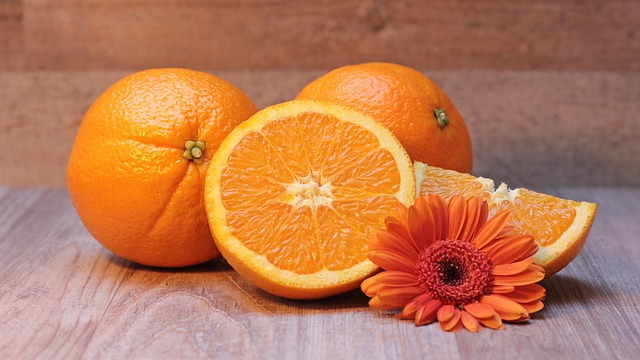Fermented Foods: Your Tasty Allies in Boosting Gut Health with Probiotics
Gut health has gained considerable attention in recent years, and for good reason. A healthy gut is not only essential for efficient digestion but also plays a crucial role in our overall well-being. One way to support and enhance gut health is by incorporating probiotics into our diet, and a delicious way to do so is through fermented foods.
What are Probiotics?
Probiotics are live microorganisms that provide health benefits to the host when consumed in adequate amounts. They are often referred to as “friendly bacteria” as they help maintain a balanced and diverse gut microbiota.
Our gut is home to trillions of microorganisms, including both beneficial and harmful bacteria. The balance between these bacteria is crucial for our digestive and immune systems. When this balance is disrupted, it can lead to various health issues, including digestion problems, inflammation, and weakened immunity.
Introducing probiotics through fermented foods can help restore the balance and contribute to a healthier gut.
The Power of Fermented Foods
Fermentation is an ancient process used to preserve food and enhance its flavor. During fermentation, beneficial bacteria or yeast convert sugars and other carbohydrates into organic acids and gases. This transformation results in the characteristic tanginess and unique taste of fermented foods.
Here are some popular fermented foods that can introduce probiotics into your diet:
- Yogurt: A well-known fermented food, yogurt is made by fermenting milk with specific strains of bacteria. Look for yogurt that contains live and active cultures to ensure it provides probiotic benefits.
- Sauerkraut: Sauerkraut is made by fermenting cabbage. It is an excellent source of probiotics and also rich in vitamins and fiber.
- Kombucha: Kombucha is a fermented tea that is becoming increasingly popular. It is made by fermenting sweetened tea with the help of a SCOBY (symbiotic culture of bacteria and yeast).
- Miso: Miso is a traditional Japanese seasoning made by fermenting soybeans with salt and a specific fungus called koji. It is commonly used in soups, marinades, and dressings.
- Kimchi: Kimchi is a Korean fermented side dish made from vegetables, mainly cabbage. It is spicy, tangy, and loaded with beneficial bacteria.
The Benefits of Probiotics
Incorporating fermented foods into your diet can offer several benefits for your gut health and overall well-being:
- Improved Digestion: Probiotics can help break down food and enhance nutrient absorption, leading to more efficient digestion.
- Enhanced Immunity: A significant portion of our immune system resides in the gut. Probiotics can support the immune system by promoting a healthy balance of bacteria and strengthening the gut barrier.
- Reduced Inflammation: Imbalances in gut bacteria can contribute to chronic inflammation. Probiotics help reduce inflammation by restoring a healthy gut microbiota.
- Managing Digestive Disorders: Probiotics have been shown to alleviate symptoms of digestive disorders such as irritable bowel syndrome (IBS), diarrhea, and constipation.
- Improved Mental Health: Emerging research suggests a link between gut health and mental health. Probiotics may have a positive impact on reducing anxiety and depression symptoms.
Incorporating Fermented Foods into Your Diet
Adding fermented foods to your diet is easy and enjoyable. Here are some simple tips to get started:
- Include a serving of yogurt with live and active cultures as a snack or as part of your breakfast.
- Try adding sauerkraut or kimchi as a flavorful topping to salads, sandwiches, or tacos.
- Experiment with different flavors of kombucha for a refreshing and probiotic-rich beverage.
- Use miso as a base for soups, or as a marinade for proteins like tofu or chicken.
- Consider incorporating other fermented foods native to your culture or exploring new ones from different cuisines







